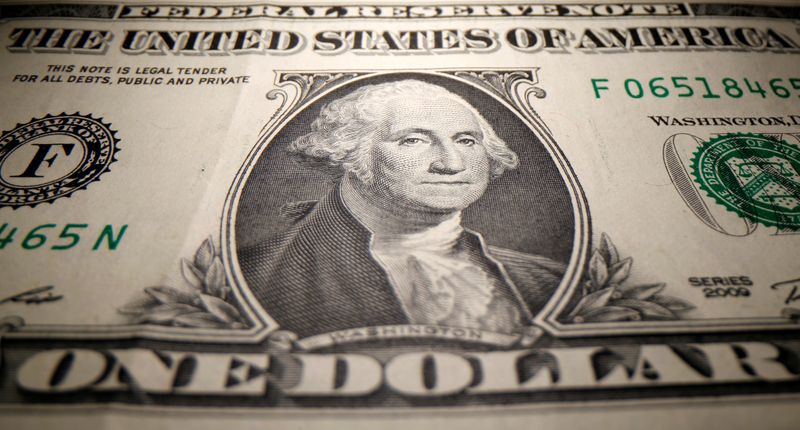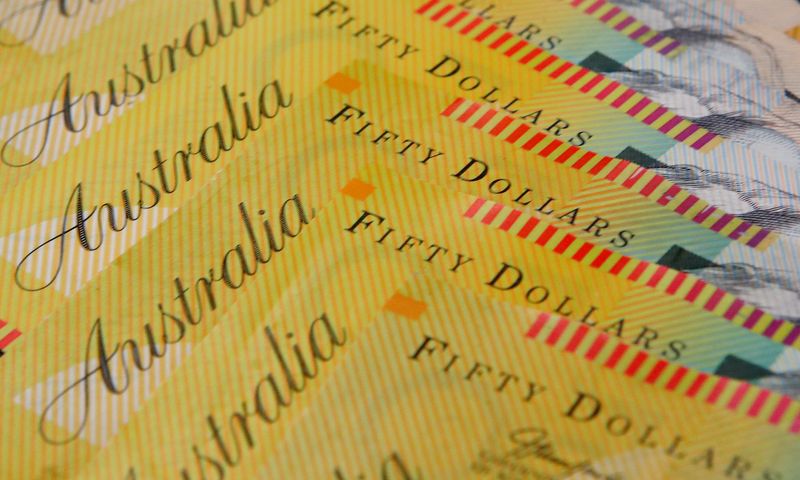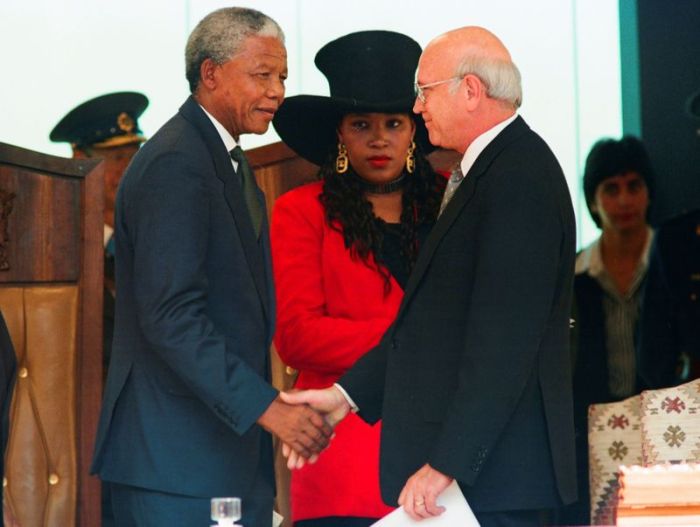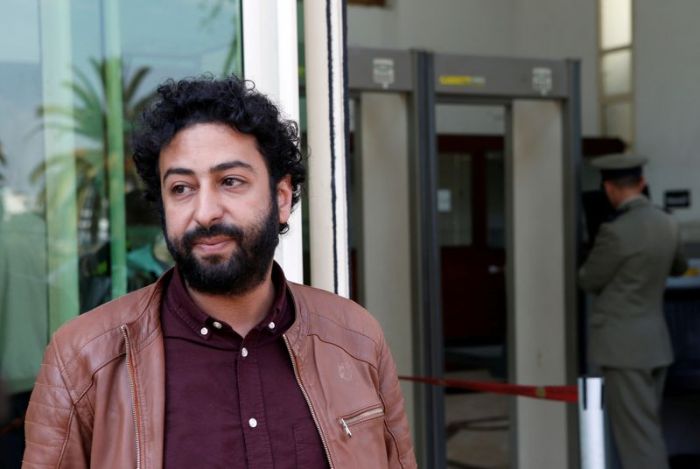(Reuters) – The U.S. dollar weakened and higher-risk currencies including the Australian dollar jumped on Monday as investors focused on the prospect for an eventual economic recovery from the coronavirus pandemic.
Traders bought riskier currencies even after signs of setbacks in the battle to contain the coronavirus.
The World Health Organization (WHO) reported a record increase in global novel coronavirus cases on Sunday, with North America and South America showing the largest rises.
On Friday, Apple Inc said it was temporarily shutting some stores again in Florida, Arizona, South Carolina, and North Carolina due to fresh outbreaks in the U.S. states.
“The market is looking ahead to the second half of the year, when it expects the recovery to begin in earnest,” said Joe Manimbo, senior market analyst at Western Union Business Solutions, in Washington. “Conviction is really lacklustre, so sentiment can certainly change on a dime, but for now the market is taking the view of the glass half full.”
Strong economic data has raised hopes the economy will bounce back quickly from business shutdowns to stem the spread of the virus.
Francesco Pesole, FX strategist at ING, said investors were watching the extent to which new cases led to tighter lockdown measures.
“If markets start to make the connection that more cases will automatically imply new lockdowns then obviously it will get much more sensitive to any new peak in terms of second wave,” Pesole said.
The dollar dipped 0.64% against a basket of currencies to 97.06.
The euro gained 0.72% versus the dollar to 1.1256, rising off recent two-and-a-half-week lows.
On Friday, EU leaders agreed urgent action was needed to haul their economies from the deepest recession since World War Two, but made no progress on a massive stimulus plan that has divided them for weeks.
Riskier currencies outperformed, with the Australian dollar rallying 1.21% to $0.6915 against the greenback.
Emboldening buyers of the Australian dollar, Reserve Bank of Australia (RBA) Governor Philip Lowe said the currency’s recent rise was not a problem and the impact of the pandemic would not be as bad as feared.
A broad gauge of dollar positioning on Friday showed speculators increased their short bets against the greenback to the most since May 2018, at $16.27 billion.
(Reporting by Noel Randewich in Oakland, Additional reporting by Karen Brettell in New York and Elizabeth Howcroft in London; Editing by Sonya Hepinstall)
























